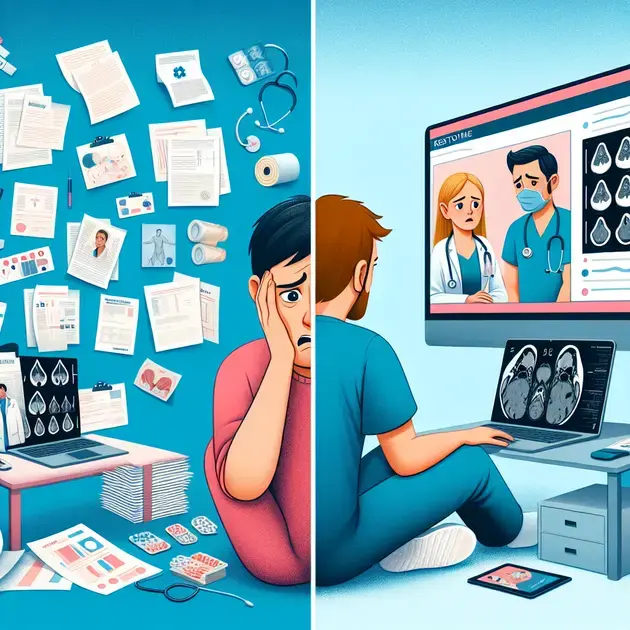Telehealth Study Challenges Concerns of Unnecessary Tests and Scans
One of the biggest concerns surrounding the adoption of telehealth is the potential increase in unnecessary tests and scans, leading to a waste of valuable resources and money. However, a recent study has revealed that this worry may be unfounded.
The study examined primary care practices that heavily utilized telehealth services and compared them to those that used it to a lesser extent. Surprisingly, the researchers found that there was no significant rise in low-value care at the telehealth-focused practices.
This finding comes as a relief to many who feared that the ease and convenience of telehealth would lead to overuse and overprescribing. The study’s results suggest that healthcare providers using telehealth are still able to effectively assess patients’ needs and avoid unnecessary tests or scans.
Telehealth has been rapidly gaining popularity, especially in the wake of the COVID-19 pandemic, as it offers a safe and convenient alternative to in-person appointments. The technology allows patients to consult with healthcare professionals remotely, reducing the need for physical contact and minimizing the risk of infection.
Despite its many benefits, concerns about the overuse and overprescribing of healthcare services through telehealth have lingered. Critics argue that the absence of face-to-face interaction between healthcare providers and patients may lead to a greater reliance on tests and scans, resulting in unnecessary expenses for both individuals and healthcare systems.
However, this recent study challenges these assumptions. By analyzing the data from primary care practices, researchers were able to assess the impact of telehealth utilization on the frequency of low-value care. Contrary to popular belief, they found no significant increase in unnecessary tests or scans at the telehealth-focused practices.
These findings suggest that telehealth may not be contributing to the overuse of healthcare resources and wasteful spending. It highlights the ability of healthcare providers to effectively assess patients’ needs through virtual consultations, ensuring that only necessary tests and scans are recommended.
While this study provides encouraging insights, it is important to note that further research is needed to fully understand the impact of telehealth on healthcare utilization. Additionally, the study focused on primary care practices, and the results may not necessarily extend to other medical specialties.
In conclusion, concerns about telehealth driving up the use of unnecessary tests and scans may not be as pressing as previously feared. The study’s findings suggest that telehealth utilization in primary care practices does not lead to a significant increase in low-value care. As telehealth continues to reshape the healthcare landscape, it is crucial to monitor its impact on healthcare utilization and ensure that it remains a cost-effective and efficient tool for patients and providers alike.
